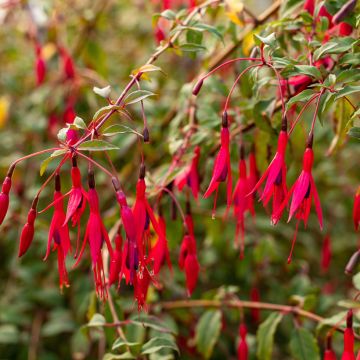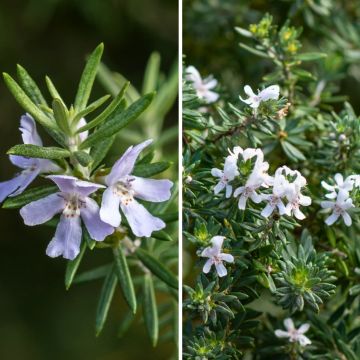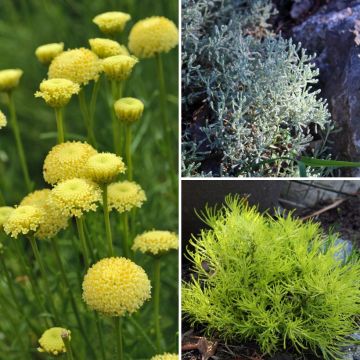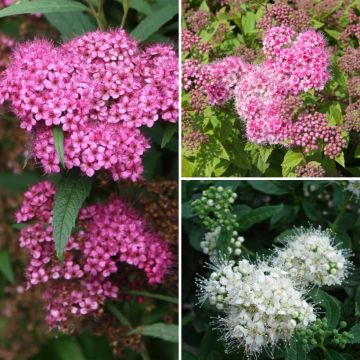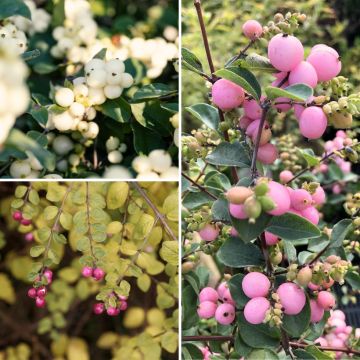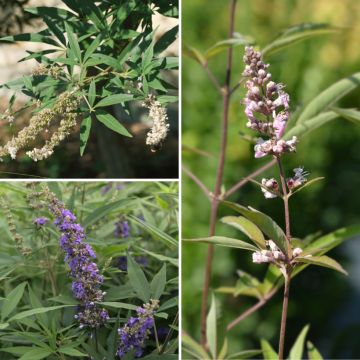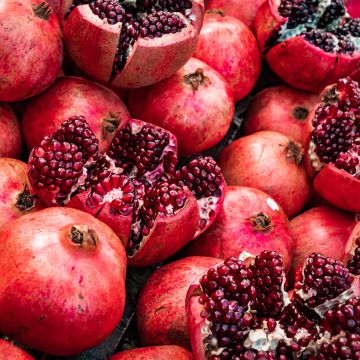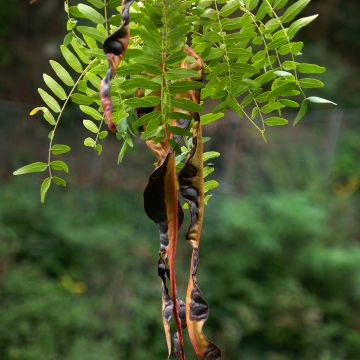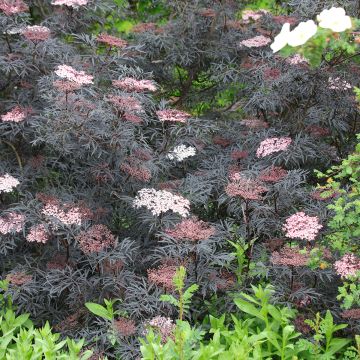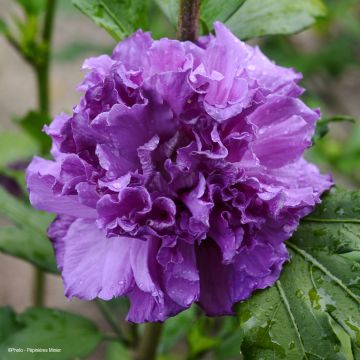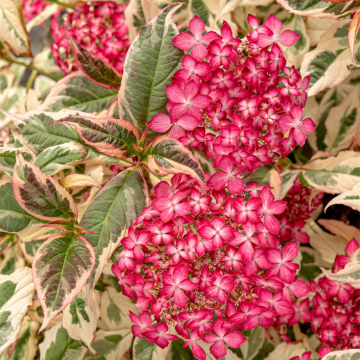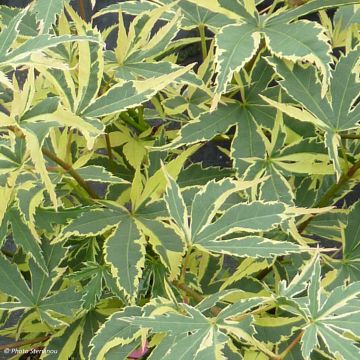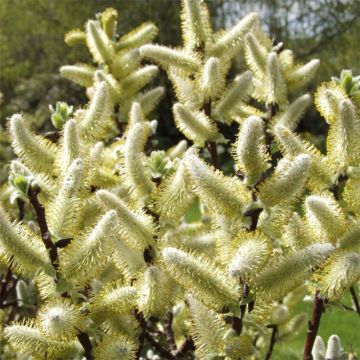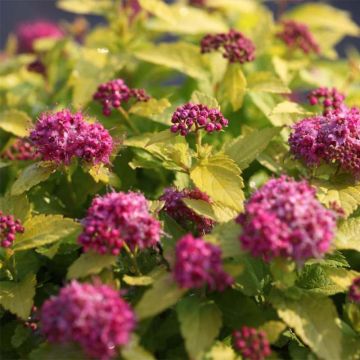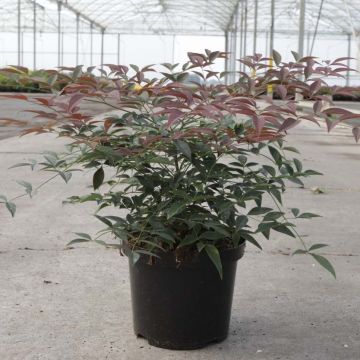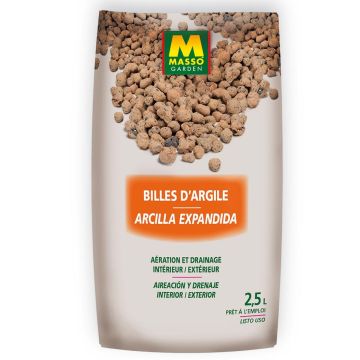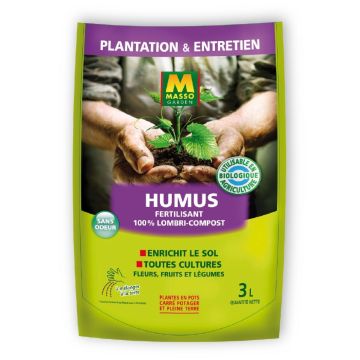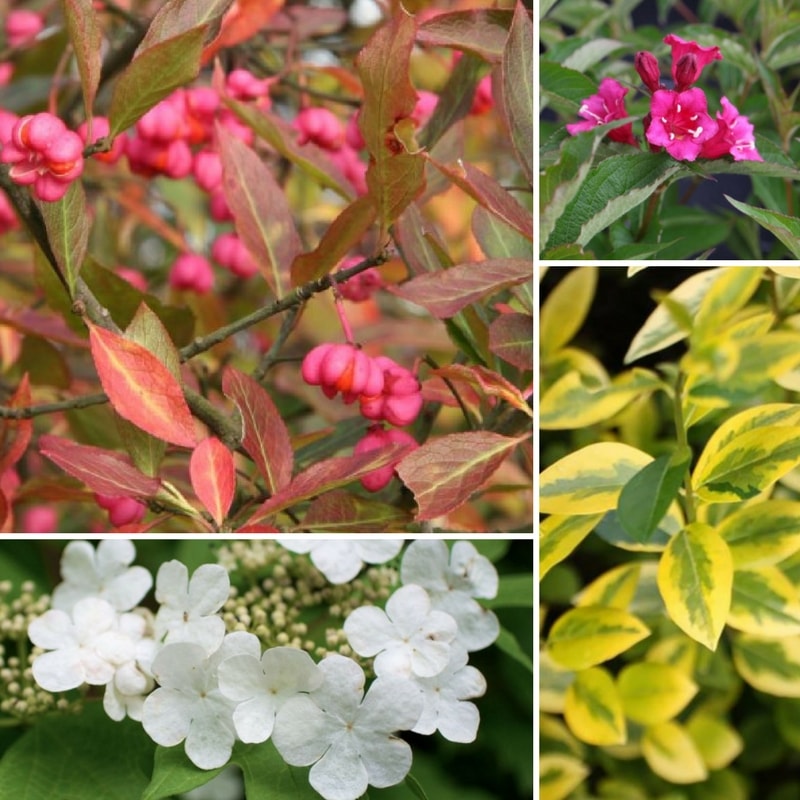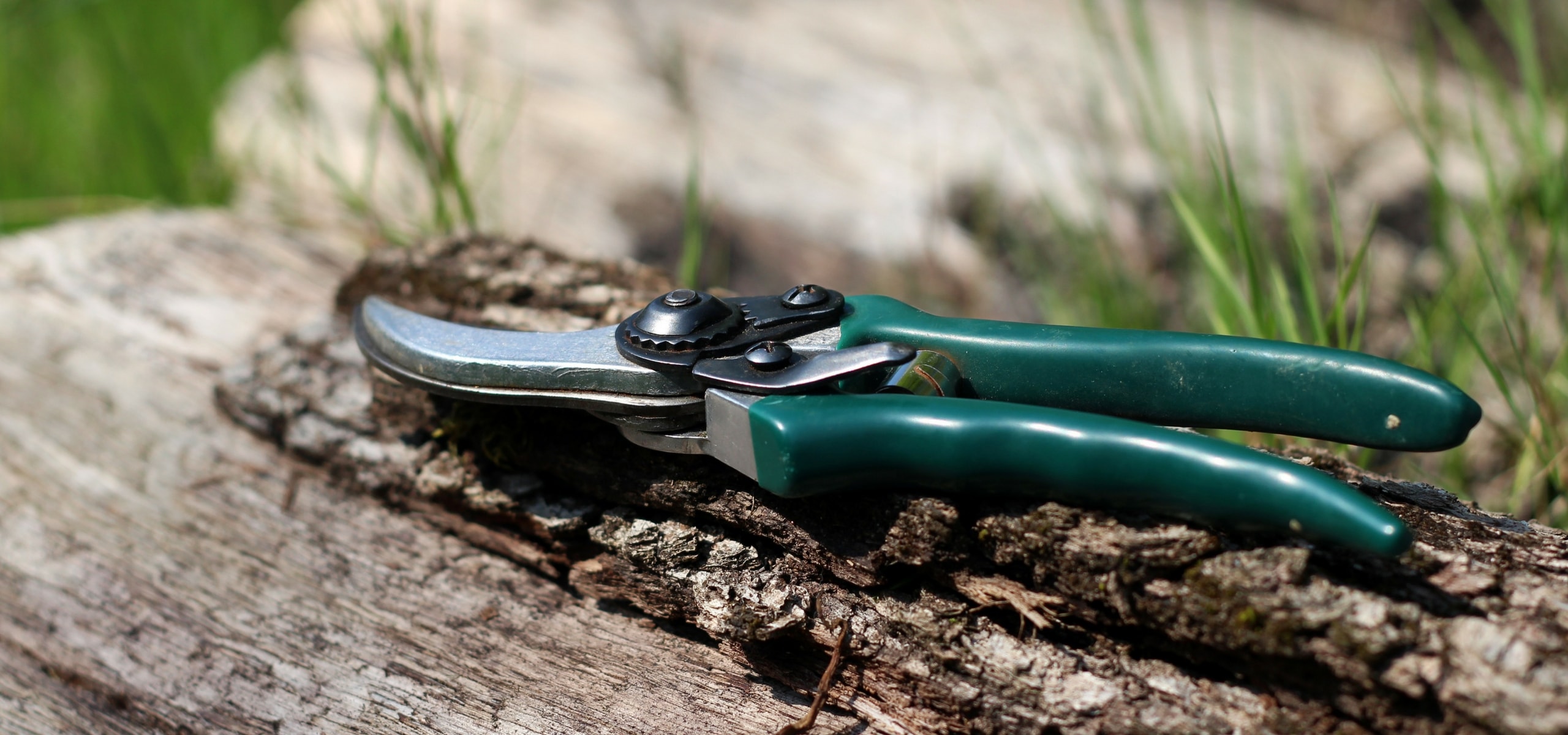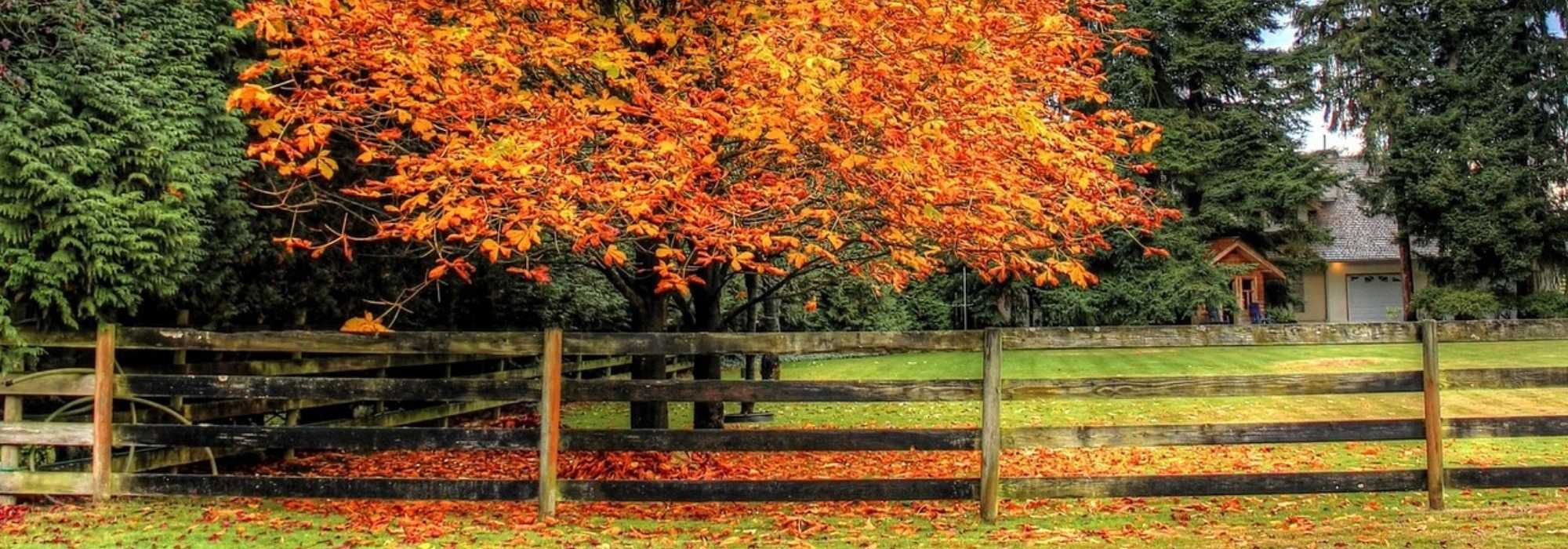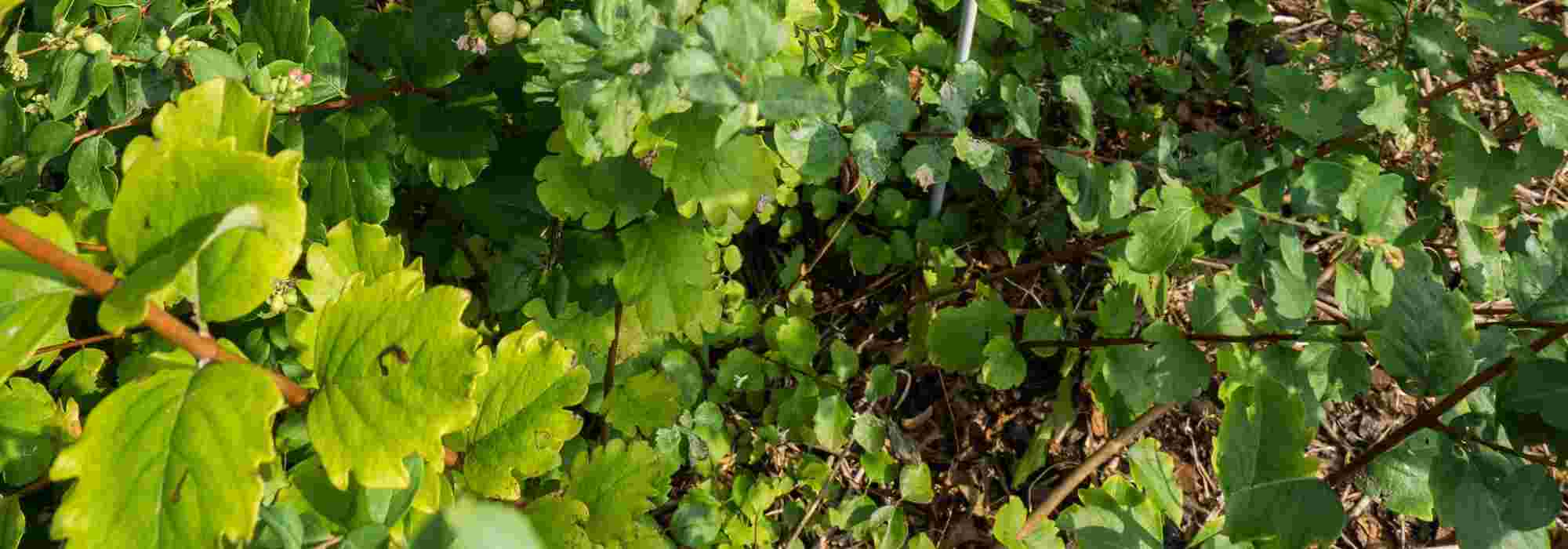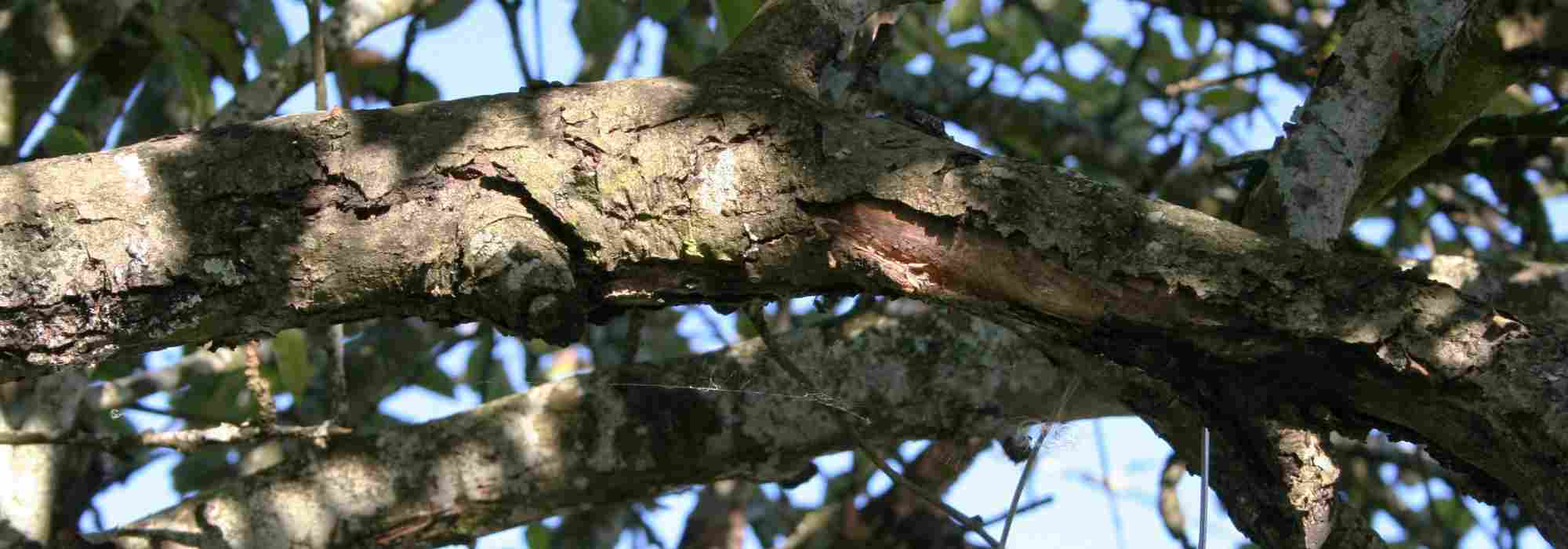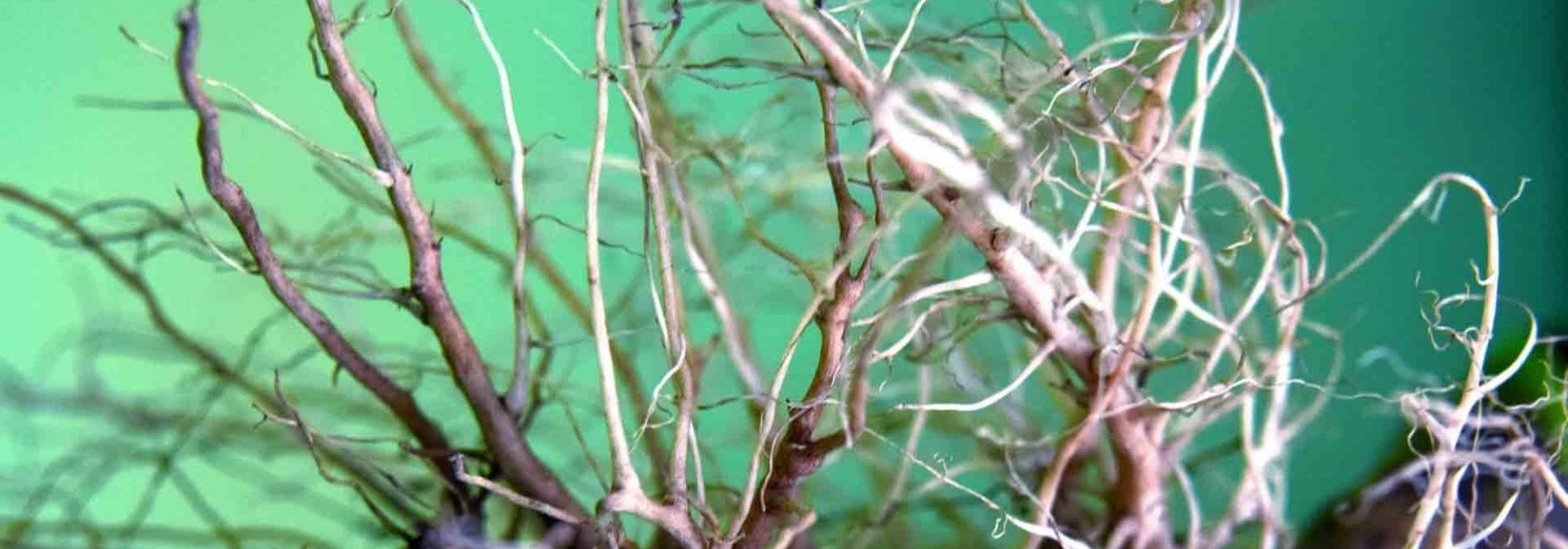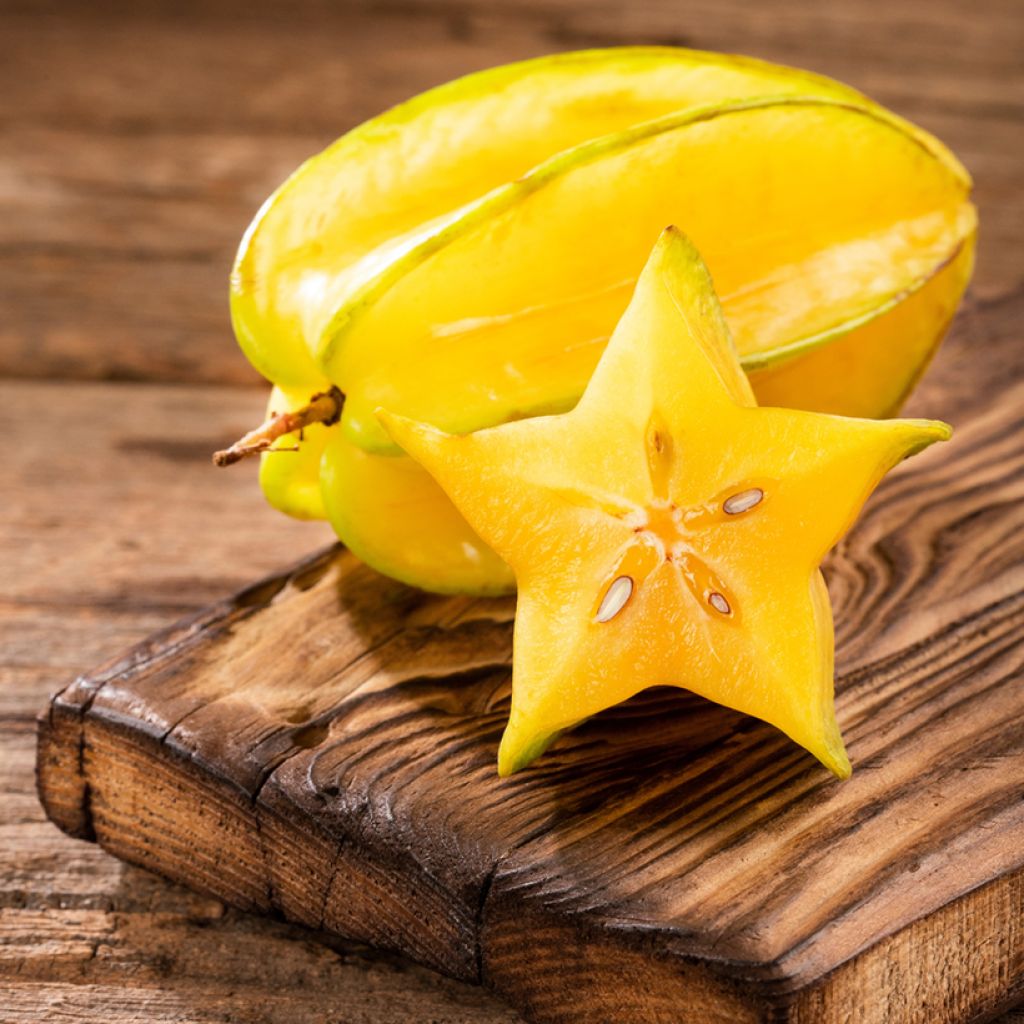

Averrhoa carambola Arkin - Star fruit tree
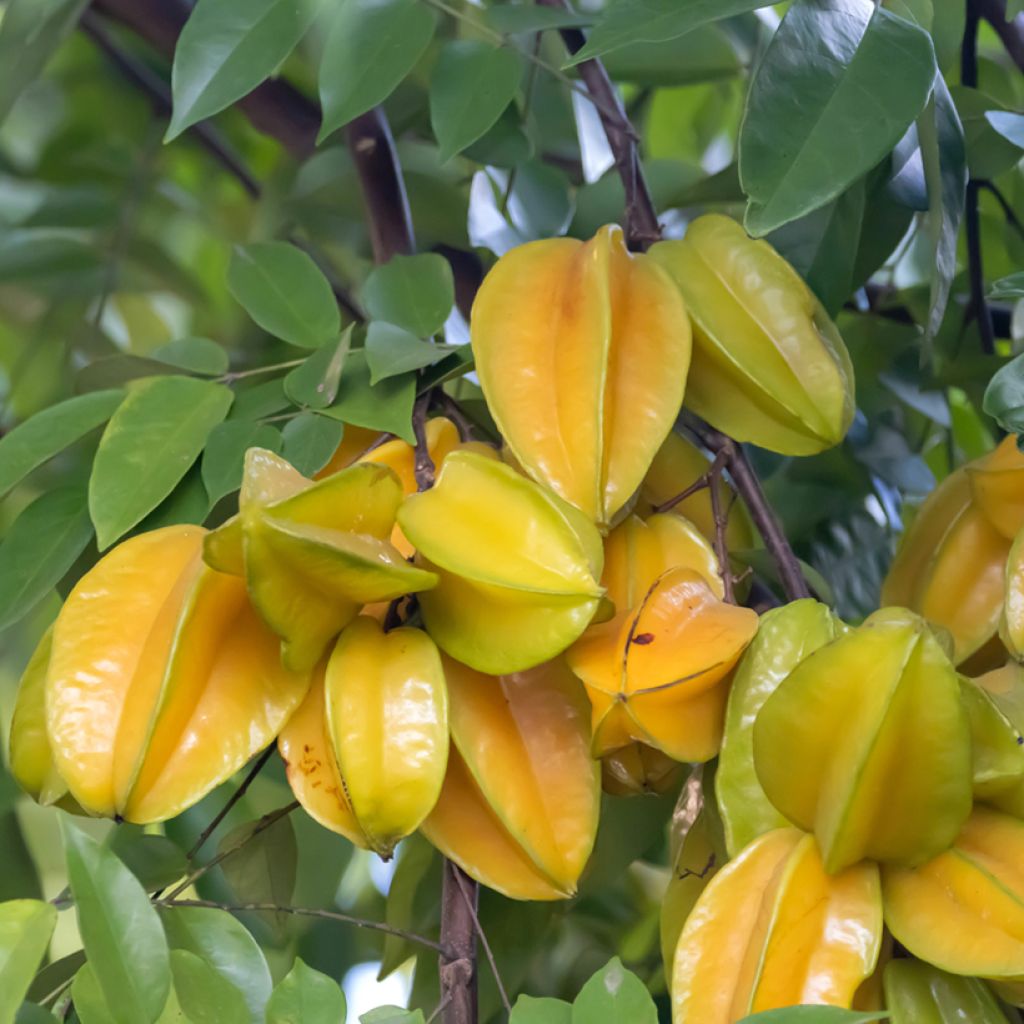

Averrhoa carambola Arkin - Star fruit tree
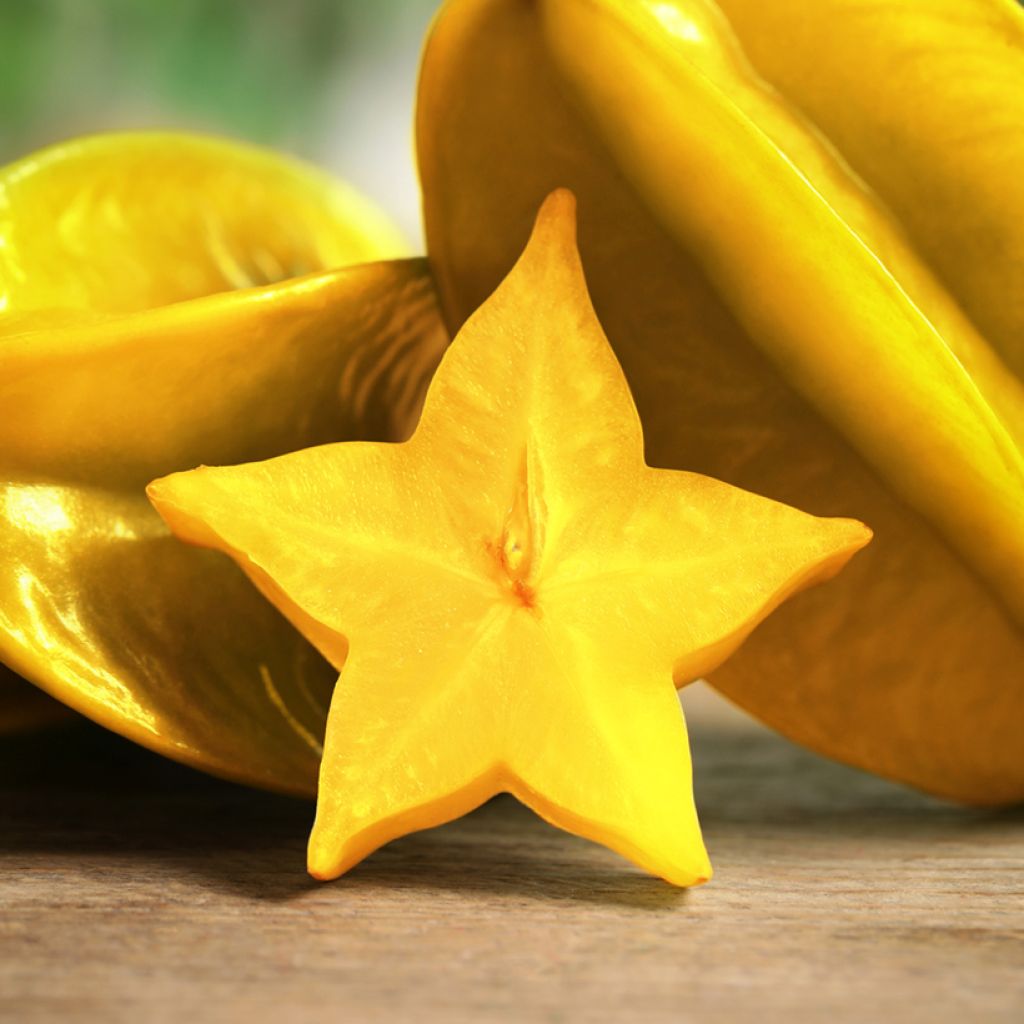

Averrhoa carambola Arkin - Star fruit tree
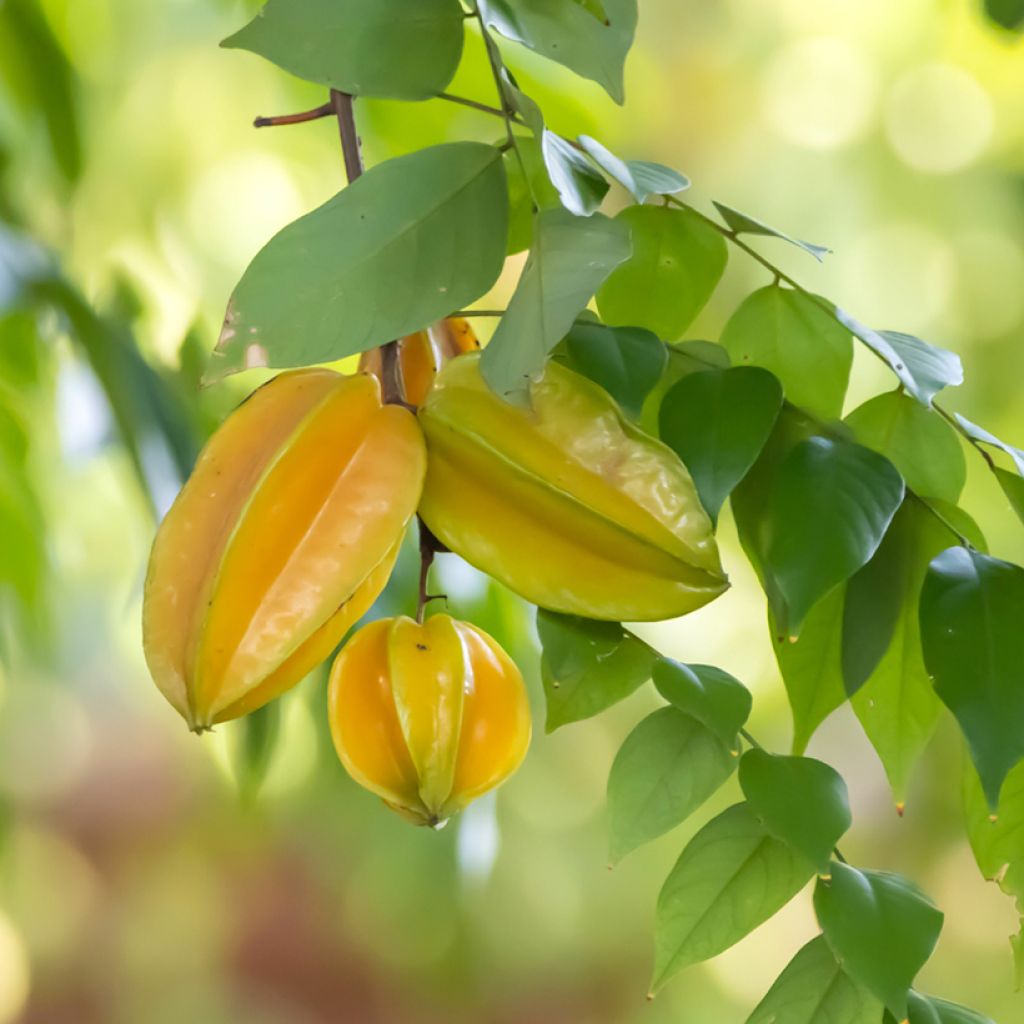

Averrhoa carambola Arkin - Star fruit tree
Averrhoa carambola Arkin - Star fruit tree
Averrhoa carambola Arkin
Star fruit tree
Very beautiful bushes, already quite strong. Many buds are appearing now. Happy with my purchase.
Nathalie89120, 17/05/2025
Special offer!
Receive a €20 voucher for any order over €90 (excluding delivery costs, credit notes, and plastic-free options)!
1- Add your favorite plants to your cart.
2- Once you have reached €90, confirm your order (you can even choose the delivery date!).
3- As soon as your order is shipped, you will receive an email containing your voucher code, valid for 3 months (90 days).
Your voucher is unique and can only be used once, for any order with a minimum value of €20, excluding delivery costs.
Can be combined with other current offers, non-divisible and non-refundable.
Why not try an alternative variety in stock?
View all →This plant carries a 6 months recovery warranty
More information
We guarantee the quality of our plants for a full growing cycle, and will replace at our expense any plant that fails to recover under normal climatic and planting conditions.
Description
The 'Arkin' Starfruit Tree (Averrhoa carambola) is an exotic fruit tree prized for its dense foliage, rapid fruiting, flowering, and golden star-shaped fruits with a sweeter taste, known as starfruit. Native to tropical Asia, it can be grown in pots, greenhouses, or conservatories in our climate. It may bear fruit if heat, humidity, and light are well controlled. Its juicy, mildly tangy starfruit is as beautiful as it is delicious, enjoyed fresh, as juice, or in cooking.
The 'Arkin' Starfruit Tree (Averrhoa carambola) belongs to the Oxalidaceae family. The species is a fruit tree native to Southeast Asia, particularly Malaysia, Indonesia, and southern China. Today, it is widely cultivated in tropical and subtropical regions worldwide, including India, Southeast Asia, South America, Florida, and Hawaii.
'Arkin' is a variety prized for the sweetness of its fruits and their low acidity. This variety was developed by Morris Arkin, an amateur horticulturist from Coral Gables, Florida, in the 1970s. His work made starfruit more accessible and popular, particularly in Florida, where the 'Arkin' variety now accounts for 98% of cultivated areas.
This slow-growing tree typically reaches a height of 6 to 9 metres in the ground, with a short trunk and a broad, rounded crown. When grown in a large pot and regularly pruned, its size remains more modest: around 2.50 m tall and 1.50 m wide. Its spirally arranged compound leaves measure between 15 and 20 cm in length and consist of 5 to 11 opposite, ovate to ovate-oblong, 3.8 to 9 cm long leaflets. The upper surface of the leaves is smooth and medium green, while the underside is finely hairy and whitish. The leaves exhibit a unique sensitivity: they fold at night or in response to sudden stimuli, a phenomenon known as nyctinasty.
The starfruit tree's small, bell-shaped flowers measure about 6 mm in diameter and have five petals coloured lilac or streaked with purple, with whitish edges. They appear in loose clusters at the ends of branches or sometimes on larger stems and the trunk. Flowering can occur several times a year, especially in tropical climates, adding a decorative touch to the tree. In our climate, it occurs during the warmer months, from spring to summer.
The star-shaped fruit, known as starfruit, is oblong and typically has five longitudinal ridges: when sliced, its cross-section forms a star. The fruits measure between 6.35 and 15 cm in length and up to 9 cm in width. The skin is thin, waxy, and yellow-orange when ripe, while the flesh is juicy, crisp, and yellow. The taste ranges from very tart to mildly sweet, depending on the variety. The 'Arkin' Starfruit Tree is known for its ability to produce low-acid fruits once it reaches a height of 90 cm to 1.20 m, when grown in full sun and at temperatures between 21 and 27 °C. Each fruit may contain up to twelve flat, thin, brown seeds, measuring 6 to 12.5 mm in length, though some cultivated forms produce seedless fruits.
The starfruit tree is often self-fertile, but cross-pollination can improve fruit quality and yield. Insects, such as bees, play a crucial role in this process. Encouraging their presence is beneficial for optimising fruiting. Otherwise, manual pollination using a brush to transfer pollen from flower to flower will be necessary.
Harvest starfruit when the fruits have turned golden yellow, indicating ripeness. Pick them gently by hand to avoid damaging the fruits and the tree. Starfruit is often used to garnish dishes due to its star shape when sliced. It can be eaten fresh, juiced, or used in cooking to prepare coulis and desserts.
The starfruit tree is a multi-faceted tree, valued for both its ornamental appeal and the flavour of its fruits. Its cultivation requires specific conditions, but it rewards the attentive gardener with decorative and delicious starfruit. Discover our range of unique and exotic fruit trees.
Report an error about the product description
Averrhoa carambola Arkin - Star fruit tree in pictures
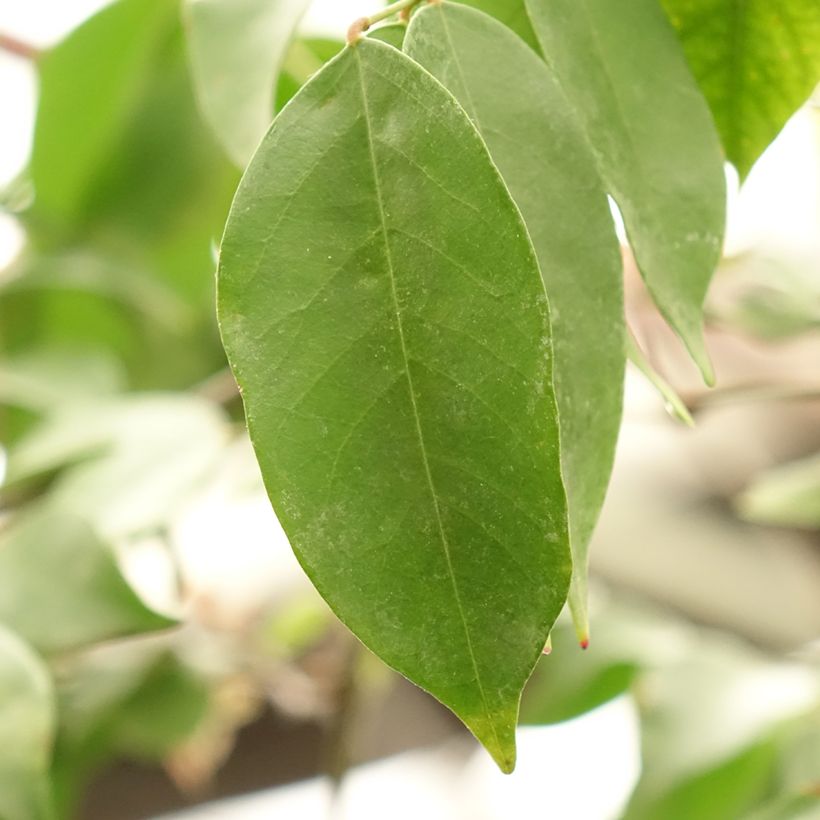

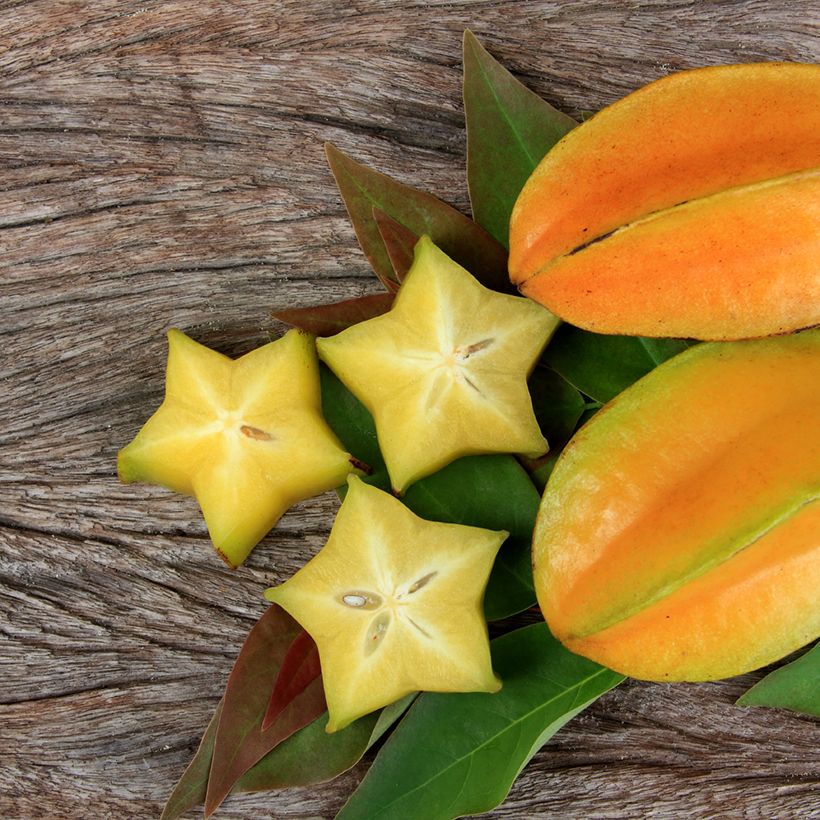

Plant habit
Fruit
Flowering
Foliage
Botanical data
Averrhoa
carambola
Arkin
Oxalidaceae
Star fruit tree
Averrhoa acutangula
Southeast Asia
Other Shrubs A to Z
View all →Planting and care
The starfruit tree thrives in temperatures between 20 and 30°C year-round, with a slightly humid atmosphere and ideally non-calcareous water for irrigation. It prefers soils rich in organic matter, well-drained, moist, and slightly acidic.
It should be grown in a wide and deep container (at least 40 litres), with a well-draining and organically rich substrate such as potting compost, supplemented with decomposed manure or compost at the bottom of the pot. Water thoroughly to moisten the entire substrate and allow the top 3 cm to dry out between waterings. Any excess water could harm the roots. In winter, reduce watering, ensuring only that it does not dry out completely.
The best way to provide a humid atmosphere is to place a humidifier nearby. Alternatively, the pot can be set on a bed of clay pebbles, though the beneficial effect is very limited.
For successful fruiting in a greenhouse, the starfruit tree requires consistent warmth, with an ideal temperature range of 20 to 30°C throughout the year and a minimum of 10°C, below which its growth slows significantly. Humidity must be kept high, at least 60%, to recreate the tropical conditions it favours. Abundant light is also essential, with a minimum of 8 to 10 hours of sunlight per day; in winter, artificial lighting may be necessary to compensate for the lack of sunshine. Pollination, which occurs naturally outdoors thanks to insects like bees and butterflies, may require manual intervention in a greenhouse using a brush to transfer pollen from male to female flowers.
For pruning: ideally, pruning should be done after fruit harvest, typically in late autumn or early winter, before growth resumes in spring. Remove dead, damaged, or diseased branches, as well as any crossing or overcrowded shoots that disrupt the tree's structure. Light pruning of branch tips can also encourage branching and improve light penetration within the canopy. It is important not to over-prune, as this could weaken the tree and reduce its fruit-bearing capacity.
After pruning, it is advisable to apply a wound sealant to larger cuts to prevent infections.
Planting period
Intended location
Care
Planting & care advice
-
, onOrder confirmed
Reply from on Promesse de fleurs
Haven't found what you were looking for?
Hardiness is the lowest winter temperature a plant can endure without suffering serious damage or even dying. However, hardiness is affected by location (a sheltered area, such as a patio), protection (winter cover) and soil type (hardiness is improved by well-drained soil).

Photo Sharing Terms & Conditions
In order to encourage gardeners to interact and share their experiences, Promesse de fleurs offers various media enabling content to be uploaded onto its Site - in particular via the ‘Photo sharing’ module.
The User agrees to refrain from:
- Posting any content that is illegal, prejudicial, insulting, racist, inciteful to hatred, revisionist, contrary to public decency, that infringes on privacy or on the privacy rights of third parties, in particular the publicity rights of persons and goods, intellectual property rights, or the right to privacy.
- Submitting content on behalf of a third party;
- Impersonate the identity of a third party and/or publish any personal information about a third party;
In general, the User undertakes to refrain from any unethical behaviour.
All Content (in particular text, comments, files, images, photos, videos, creative works, etc.), which may be subject to property or intellectual property rights, image or other private rights, shall remain the property of the User, subject to the limited rights granted by the terms of the licence granted by Promesse de fleurs as stated below. Users are at liberty to publish or not to publish such Content on the Site, notably via the ‘Photo Sharing’ facility, and accept that this Content shall be made public and freely accessible, notably on the Internet.
Users further acknowledge, undertake to have ,and guarantee that they hold all necessary rights and permissions to publish such material on the Site, in particular with regard to the legislation in force pertaining to any privacy, property, intellectual property, image, or contractual rights, or rights of any other nature. By publishing such Content on the Site, Users acknowledge accepting full liability as publishers of the Content within the meaning of the law, and grant Promesse de fleurs, free of charge, an inclusive, worldwide licence for the said Content for the entire duration of its publication, including all reproduction, representation, up/downloading, displaying, performing, transmission, and storage rights.
Users also grant permission for their name to be linked to the Content and accept that this link may not always be made available.
By engaging in posting material, Users consent to their Content becoming automatically accessible on the Internet, in particular on other sites and/or blogs and/or web pages of the Promesse de fleurs site, including in particular social pages and the Promesse de fleurs catalogue.
Users may secure the removal of entrusted content free of charge by issuing a simple request via our contact form.
The flowering period indicated on our website applies to countries and regions located in USDA zone 8 (France, the United Kingdom, Ireland, the Netherlands, etc.)
It will vary according to where you live:
- In zones 9 to 10 (Italy, Spain, Greece, etc.), flowering will occur about 2 to 4 weeks earlier.
- In zones 6 to 7 (Germany, Poland, Slovenia, and lower mountainous regions), flowering will be delayed by 2 to 3 weeks.
- In zone 5 (Central Europe, Scandinavia), blooming will be delayed by 3 to 5 weeks.
In temperate climates, pruning of spring-flowering shrubs (forsythia, spireas, etc.) should be done just after flowering.
Pruning of summer-flowering shrubs (Indian Lilac, Perovskia, etc.) can be done in winter or spring.
In cold regions as well as with frost-sensitive plants, avoid pruning too early when severe frosts may still occur.
The planting period indicated on our website applies to countries and regions located in USDA zone 8 (France, United Kingdom, Ireland, Netherlands).
It will vary according to where you live:
- In Mediterranean zones (Marseille, Madrid, Milan, etc.), autumn and winter are the best planting periods.
- In continental zones (Strasbourg, Munich, Vienna, etc.), delay planting by 2 to 3 weeks in spring and bring it forward by 2 to 4 weeks in autumn.
- In mountainous regions (the Alps, Pyrenees, Carpathians, etc.), it is best to plant in late spring (May-June) or late summer (August-September).
The harvesting period indicated on our website applies to countries and regions in USDA zone 8 (France, England, Ireland, the Netherlands).
In colder areas (Scandinavia, Poland, Austria...) fruit and vegetable harvests are likely to be delayed by 3-4 weeks.
In warmer areas (Italy, Spain, Greece, etc.), harvesting will probably take place earlier, depending on weather conditions.
The sowing periods indicated on our website apply to countries and regions within USDA Zone 8 (France, UK, Ireland, Netherlands).
In colder areas (Scandinavia, Poland, Austria...), delay any outdoor sowing by 3-4 weeks, or sow under glass.
In warmer climes (Italy, Spain, Greece, etc.), bring outdoor sowing forward by a few weeks.






























